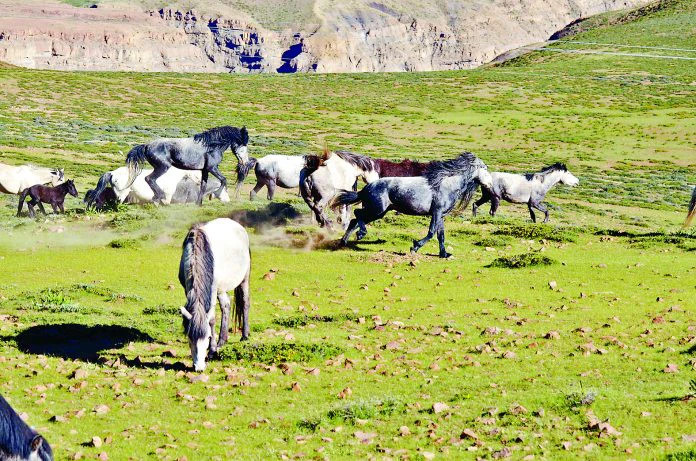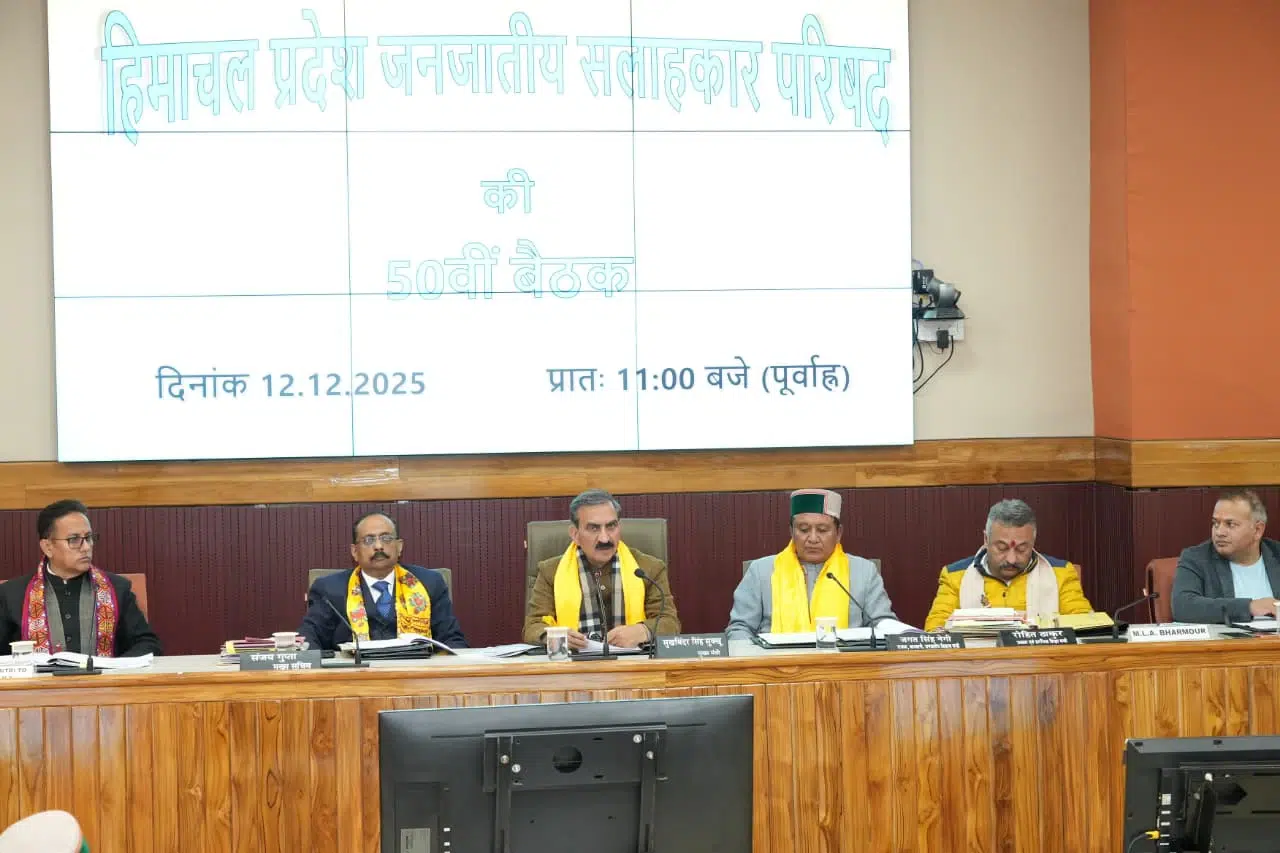Chamurthi Horses Take Spotlight at International Lavi Fair 2025
2 min read
Shimla, October 27, 2025: The upcoming International Lavi Fair 2025 in Rampur is set to highlight one of Himachal Pradesh’s most prized treasures — the Chamurthi horse, known for its unmatched endurance and strength in extreme mountain terrains. The district administration has invited horse breeders from Punjab, Haryana, Jammu & Kashmir, and Ladakh to participate in the horse exhibition, aimed at promoting cross-regional awareness and trade of this remarkable native breed.
Deputy Commissioner Anupam Kashyap stated that the Chamurthi horse has been an integral part of Lavi Fair’s rich legacy for centuries. “This year, we aim to enhance its reach and recognition by inviting breeders from other states to witness its unique characteristics firsthand,” he said.
Revered as the “Ship of the Cold Desert,” the Chamurthi breed has adapted to the harsh, icy landscapes of Lahaul-Spiti and Kinnaur, enduring temperatures as low as -30°C. With a height of 12–14 hands, these horses can work for extended hours with minimal feed — a testament to their resilience and power.
The Horse Exhibition will be held from November 1 to 3, featuring registration, breeder seminars, and competitive events such as horse selection, balloon bursting, and thrilling 400m and 800m races. Winners will be honored by the chief guest, while participants will receive complimentary fodder and grain from the Animal Husbandry Department.
The Lari Horse Breeding Centre in Spiti, established in 2002, has played a pivotal role in conserving this endangered breed. Spread over 82 bighas, the centre houses multiple breeding units and has successfully increased the Chamurthi population, once on the brink of extinction.
With roots tracing back to ancient Tibet, the Chamurthi horse lineage is believed to descend from wild Tibetan breeds, historically traded through the Spiti and Kinnaur valleys. Today, it stands not only as a symbol of Himachal’s pastoral legacy but also as a living link to the region’s centuries-old cultural and trade heritage.






